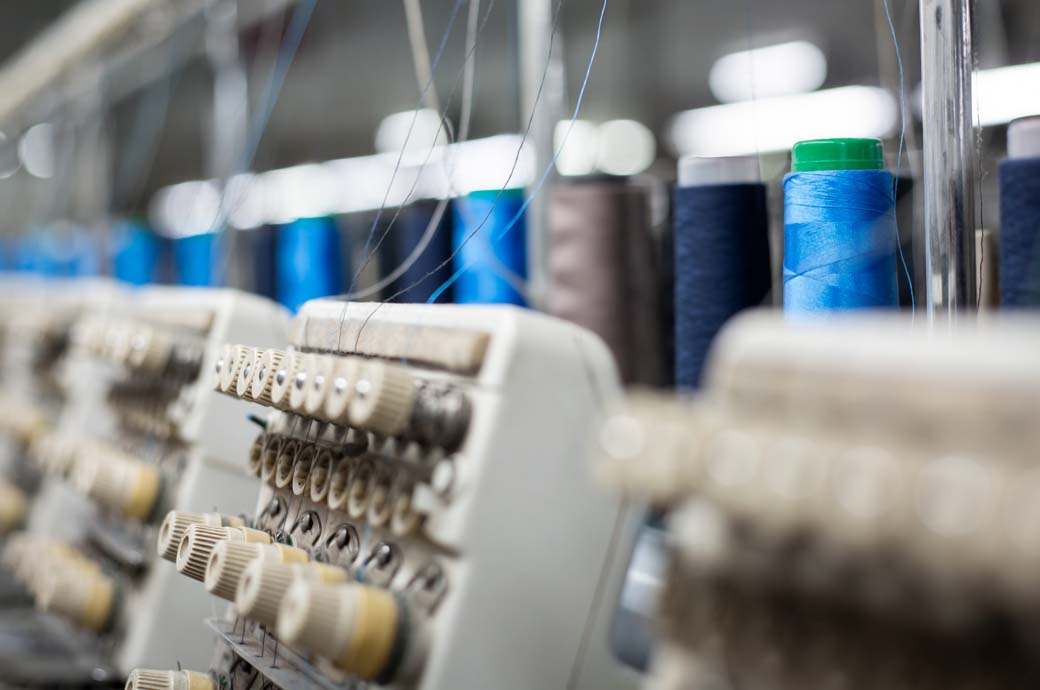
The HCOB Germany manufacturing PMI—a gauge of overall business conditions based on measures of new orders, output, employment, supplier delivery times and stocks of purchases—was 39.1 in August, registering close to July's 38.8.
Output fell at a faster rate amid rapidly declining new orders.
Goods producers remained pessimistic towards the year-ahead outlook, albeit slightly less so than in July.
Destocking remained a prominent feature of the survey, with firms looking to streamline inventories in line with falling workloads and improved material availability.
Weaker demand across the sector meanwhile fed through to lower input costs and factory gate prices, although the rates of decline eased compared to those seen in July.
Manufacturers scaled back output for a fourth consecutive month in August. Furthermore, the rate of contraction accelerated once again to the fastest seen since the initial COVID shutdowns in spring 2020.
Production was down across all main industrial groupings, reflecting a broad-based reduction in demand.
New orders continued to fall sharply, with the rate of decline quickening slightly since July to the fastest for more than three years, and far outstripping the reduction in output.
New export orders were markedly down, amid reports of reduced sales to China and across Europe, although the rate of decline eased from the previous month and was noticeably slower than that of total new business, S&P Global said in a release.
Manufacturers continued to make rapid inroads into their backlogs of work during August, and they remained downbeat about production prospects over the forthcoming year. Expectations did however pick up slightly from July's eight-month low.
Factory employment fell fractionally midway through the third quarter, having posted the first decline for two-and-a-half years in July. The survey suggested firms were reluctant to make large-scale reductions in staffing capacity, with incidences of lower employment often attributed to the non-replacement of leavers.
An area where manufacturers did make substantial cutbacks was on the purchasing front, with buying levels falling to the greatest extent since May 2020. This partly reflected attempts to reduce inventory levels in line with not only weaker customer demand, but also shorter lead times on inputs.
Supplier delivery times quickened for a tenth straight month in August, with the rate of improvement remaining marked but easing for the second straight month.
Falling raw material prices and competition among suppliers meanwhile contributed to a further sharp drop in average purchasing costs faced by German manufacturers. The rate of decline eased since July, but it was still the second-fastest recorded in over 14 years.
Fibre2Fashion News Desk (DS)